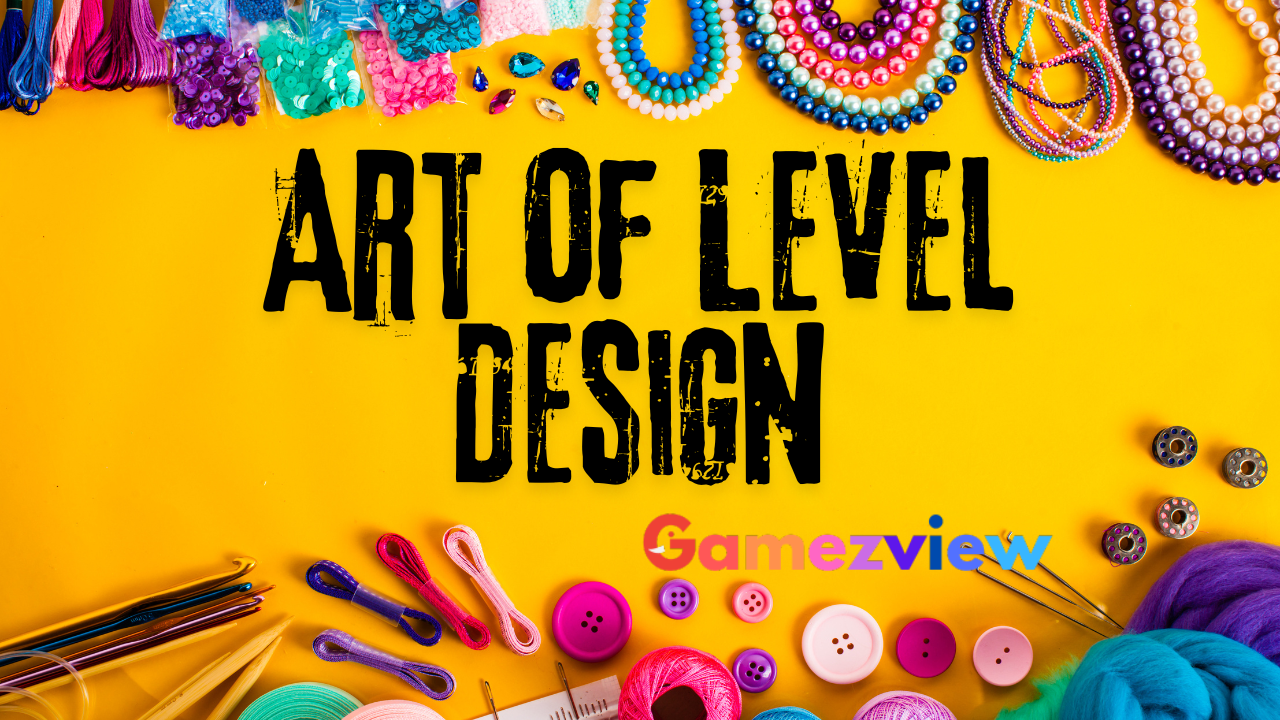Unveiling the Craftsmanship Behind Gaming Worlds: Level design is a cornerstone of game development, encompassing the creation of immersive environments that captivate players and drive the narrative forward. In this article, we delve into the art of level design, exploring the techniques, principles, and creative processes involved in crafting memorable gaming environments.
Understanding the Essence of Level Design
At its core, level design is the art of crafting spaces that engage players, challenge their skills, and evoke emotions. Whether traversing sprawling landscapes or navigating claustrophobic corridors, players are immersed in meticulously designed worlds that shape their gaming experiences.
1. Spatial Awareness and Flow
Effective level design considers spatial awareness and flow, guiding players through environments with intuitive navigation and seamless progression. By balancing open spaces with confined areas, designers create dynamic gameplay experiences that encourage exploration and discovery.
2. Environmental Storytelling
Environments tell stories in their own right, conveying narrative elements, world-building details, and thematic motifs through visual cues, environmental storytelling, and interactive elements. From abandoned ruins to bustling cities, each location enriches the game’s narrative and immerses players in its fictional universe.
3. Player Agency and Emergent Gameplay
Level design empowers players with agency, offering multiple paths, interactive objects, and emergent gameplay opportunities that encourage creativity and strategic thinking. By providing freedom of choice and meaningful consequences, designers foster player engagement and replayability.
Key Principles of Effective Level Design
Effective level design is guided by a set of principles that shape the player experience and enhance immersion.
1. Clear Goals and Objectives
Each level should have clear goals and objectives that provide direction and purpose for the player’s actions. Whether completing a mission, solving a puzzle, or defeating a boss, clear objectives drive player motivation and progression.
2. Balancing Challenge and Reward
Levels should strike a balance between challenge and reward, offering gameplay experiences that are both engaging and satisfying. From strategic encounters to skill-based obstacles, well-paced difficulty curves keep players motivated and invested in their journey.
3. Iterative Design and Playtesting
Iterative design and playtesting are essential processes in level design, allowing designers to refine and optimize their creations based on player feedback and testing results. By iterating on level layouts, mechanics, and pacing, designers can identify areas for improvement and polish their environments to perfection.
Elevating Gaming Experiences through Masterful Level Design
The art of level design is a complex and multifaceted discipline that enriches gaming experiences with immersive environments, engaging gameplay, and compelling narratives. By understanding the principles, techniques, and creative processes behind level design, developers can craft memorable gaming worlds that resonate with players and stand the test of time. As the gaming industry continues to evolve, the importance of masterful level design in shaping the future of gaming cannot be overstated.






